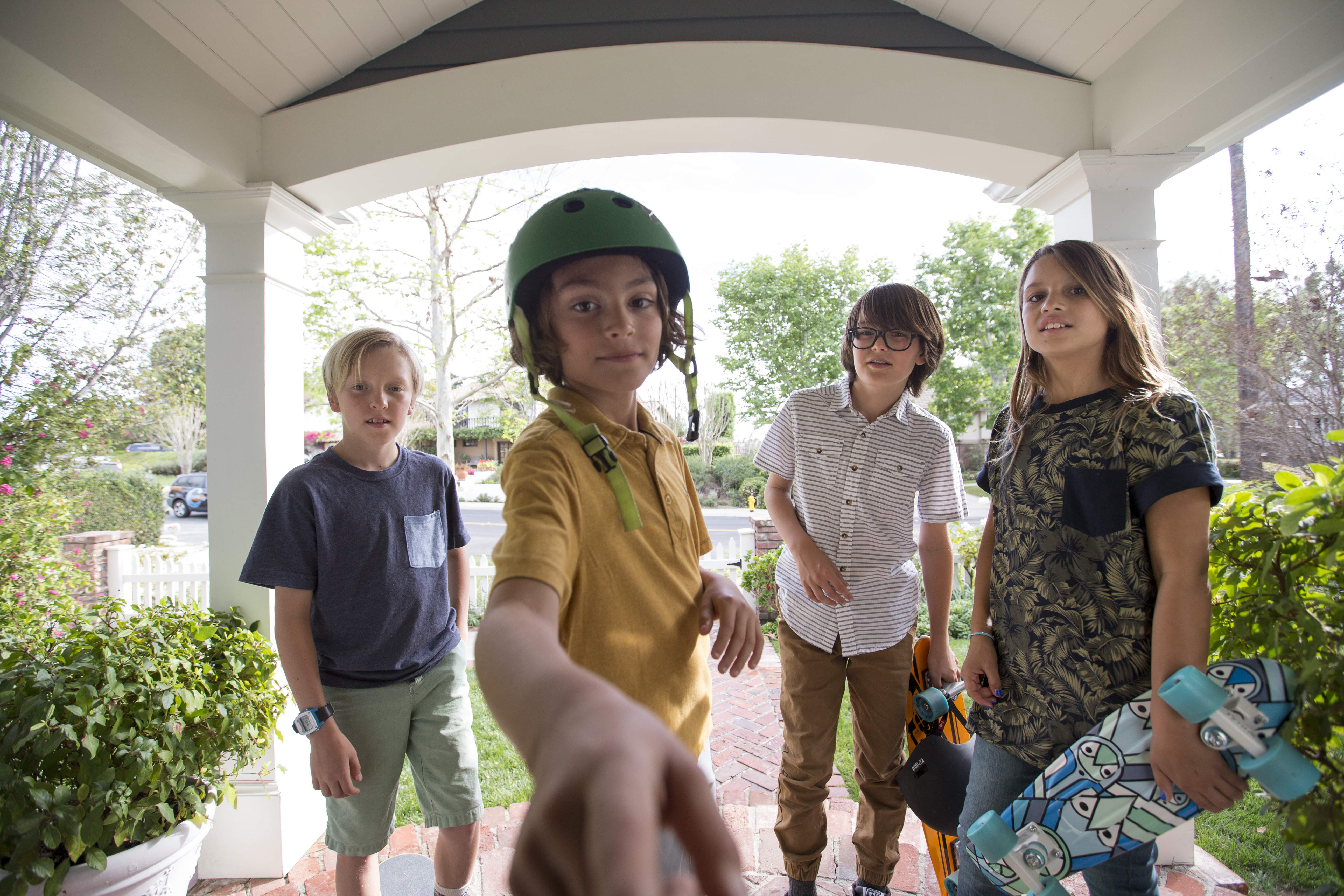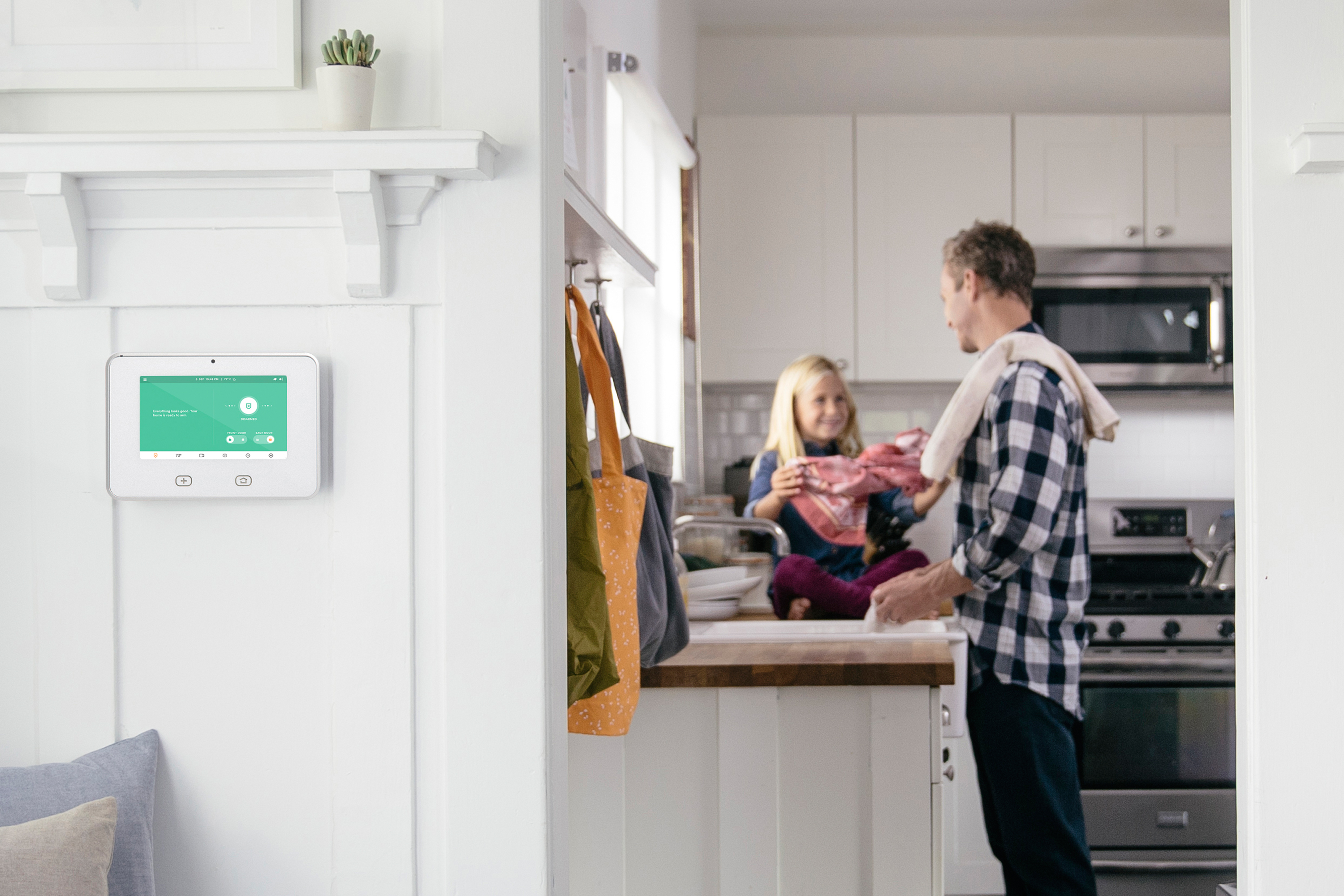For U.S. Air Force veteran Jack Fanning, now a quadriplegic due to a parachute accident, Vivint Smart Home technology has been life-changing. It has provided him the relative ease that comes with automating small but important functions like regulating the house temperature or answering the door. He uses Vivint’s Doorbell Camera to see and talk to visitors, and each of his caregivers have a personal code to enter the house. And when he is not able to access his smartphone, he uses voice commands through Amazon Echo, asking Alexa to turn on/off the lights, lock the door, or heat up the room.
Not just Fanning, Vivint has convinced more than 1.2 million homeowners to pay an installation amount of $90 (depending on the gadgets they install) followed by $60 month to modernise their houses and replace the redundant devices with new-age, dazzling stuff.
While a smattering of DIY smart home devices exist in the market, Vivint’s differentiator is an integrated suite of products such as smart locks, thermostats, cameras, along with smoke or carbon monoxide sensors. As a Vivint user, you can remotely control the security, climate, and smart home devices in your house with an internet-enabled smartphone using the Vivint app or a SkyControl panel in your home.
This Utah-based home automation startup called Vivint Smart Homes, run by Todd Pedersen, has come the closest to realising the utopian smart home dream.
But peel the shiny exterior just a bit and you’ll find that before Vivint Smart Home, there was APX Alarm Security Solutions, a company Pedersen founded on an idea conceived 166 years ago – the burglar alarm.

Vivint’s doorbell camera (Photo courtesy: Vivint)
Old meets new
In 1852, Augustus Russell Pope figured out how to use electricity to make burglars flee. He fitted magnetic contact and metal coil to windows and doors such that if anyone tried to move them, the system would sound a bell. He then got it patented. In 1857, a wealthy businessman, Edwin Holmes, bought Pope’s patent and began marketing the electromagnetic burglar alarms. At first, customers were skeptical about the device – citing concerns such as machines taking over jobs the police and security guards should be doing – but soon Holmes had sold the alarms in 1200 homeowners.
While those who dreamt of the future back then would have vehemently dismissed the existence of burglar alarms in the 20th century, the United States’ interest in burglar alarms has, in fact, sustained in the new millennium.
Pedersen, an astute businessman much like Holmes, founded APX Alarm in 1999 in Provo, Utah, and for 10 years, the company focused on growing as an alarm company. The bulk of the APX Alarm’s revenue came from door-to-door sales, mostly by college students who worked full-time during the summer and part-time during the school year. This model was similar to Pedersen’s personal experience of knocking on strangers’ doors to sell pest-control services in 1992. That summer, he had earned $82,000.
In early 2000s, he and his team running APX Alarm employed a similar strategy. They sold third-party installments door-to-door, armed by Pedersen’s belief in direct-to-customer sales and a valuable tip offered by his father: treat your employees like gold. Soon, they stepped into home alarm monitoring instead of supplying third-party equipment and built stronger customer relationships (initially limited only to the installation phase).
In 2005, Pedersen hired software veteran Alex Dunn who secured investments from Goldman Sachs and two private equity groups who purchased a 50% stake for $25 million to fuel the company’s growth.
The business of the future had begun
Vivint was sold at a valuation which was in excess of $2 billion.
By 2010, APX Alarm was one of the top security providers in North America with 5,000-employees and $245 million in revenue. In February 2011, Pedersen rebranded the company, renaming it Vivint, to reflect the shift to smart home. It also dabbled into internet services and solar installation with Vivint Solar. And then in a massive deal, in late 2012, Blackstone acquired Vivint from its existing shareholders, including Goldman Sachs. The price? Vivint was sold at a valuation which was in excess of $2 billion.

Vivint’s SkyControl Panel (Picture Courtesy: Vivint)
Knocking for Success
Vivint owes its early success to its direct-to-home sales and subscription-based business model. It tries to prevent buyers’ stress (and later remorse) by installing hardware that’s worth more than $1500 and charges customers monthly, totalling $500 to $900 a year. Vivint also offers zero-percent financing to make it easier and more affordable to create a smart home. However, today, much of its revenue comes from its inside sales teams, as well as the company’s expansion into retail.
But the competition is fierce in smart home technology as according to Forrester, smart home devices will grow at a five-year compound annual growth rate (CAGR) of 42% till 2022. That’s how Vivint’s positioning of calling itself a service with subscription can be understood. Pedersen recently said, “We don’t sell a piece of hardware and walk away.” In fact, Vivint’s package comes with 24/7 tech support, which sends an in-person technician for maintenance or repair. This home monitoring team will also call the police if your alarm goes off and you’re not reachable or the fire department in case of a fire. Perhaps this explains why Vivint is now a smart home leader with $882 million in annual revenue.
This also has, according to Forbes, helped change Silicon Valley perceptions about Vivint, resulting in an epic investment. In early 2015, Peter Thiel agreed to co-lead a $100 million investment in Vivint along with Mitt Romney’s Solamere Capital.
If sci-fi movies and novels are a yardstick, our smart homes are already behind schedule. But Vivint has come as close as any to creating the smart home of the future. Having a smart lock or smart light is just not that futuristic for many. While innovation to create a true smart home is ongoing, one old technology is still making the rounds. Vivint’s doors and window sensors are still a big sell. Perhaps a modern-version of the burglar alarm will always exist.
Subscribe to our newsletter



